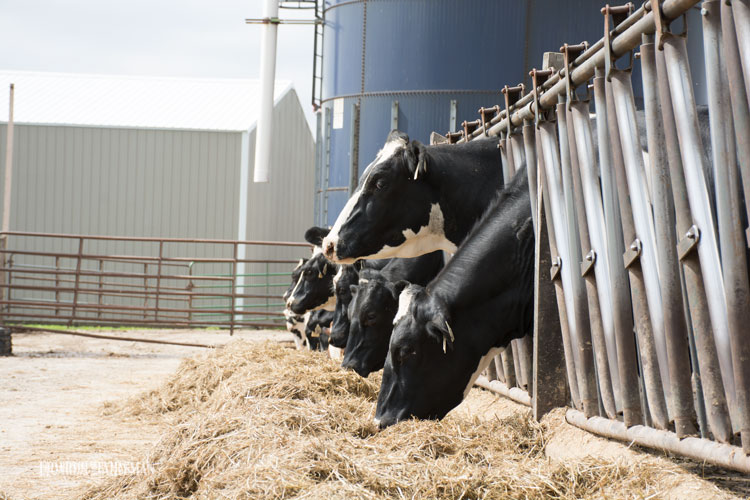
This isn’t breaking news, but it’s still newsworthy — dairy exports are a major player in U.S. milk prices.
“Trade has become so important to the U.S. dairy industry,” said the University of Wisconsin’s Mark Stephenson during his presentation at the Wisconsin Agricultural Outlook Forum held in Madison, Wis.
“There are some things that affect milk prices beyond trade, for sure, including our own domestic consumption and regional shifts in production,” he said. “But trade really can’t be overemphasized at this point.”
He pointed to a chart that showed both percent of milk production exported and the U.S. All-Milk price over the past decade. “What you see is that every major downturn in milk price that we’ve experienced in the last decade has been accompanied by a downturn in the trend we had in exports,” he explained.
The dairy economist shared that dairy cow numbers grew in 2014 in response to the high milk price. Numbers rose a little bit in 2015 and 2016, and 2017 carried that trend forward.
Stephenson said the alternative to producing milk is culling cows. He pointed out the irony that during the time period when milk prices were at their highest, so too were cull cow prices, and farmers really didn’t want to cull cows no matter what the price.
Now, when we need to sell them, prices are down to nearly $60 per hundred pounds of beef. “It’s not so desirable to cull cows in this market,” he said.
In terms of production, milk per cow went up in 2017, but less than it had a year before. The typical trend for milk per cow growth in the U.S. is 1 to 2 percent each year.
Even with just modest milk output changes per cow, “We need more markets if we are going to keep the same number of cows,” he said.
Some positive news is that dairy has been a good buy for consumers, with reasonable prices at retail outlets. Per capita consumption of all dairy products on a milk equivalent basis has risen almost 2 pounds per person per year, and this is coupled with population growth. This rise in consumption, though, is just barely keeping up with our milk production increases per cow.
“What we really need is more exports, or fewer dairy cows,” he emphasized.








